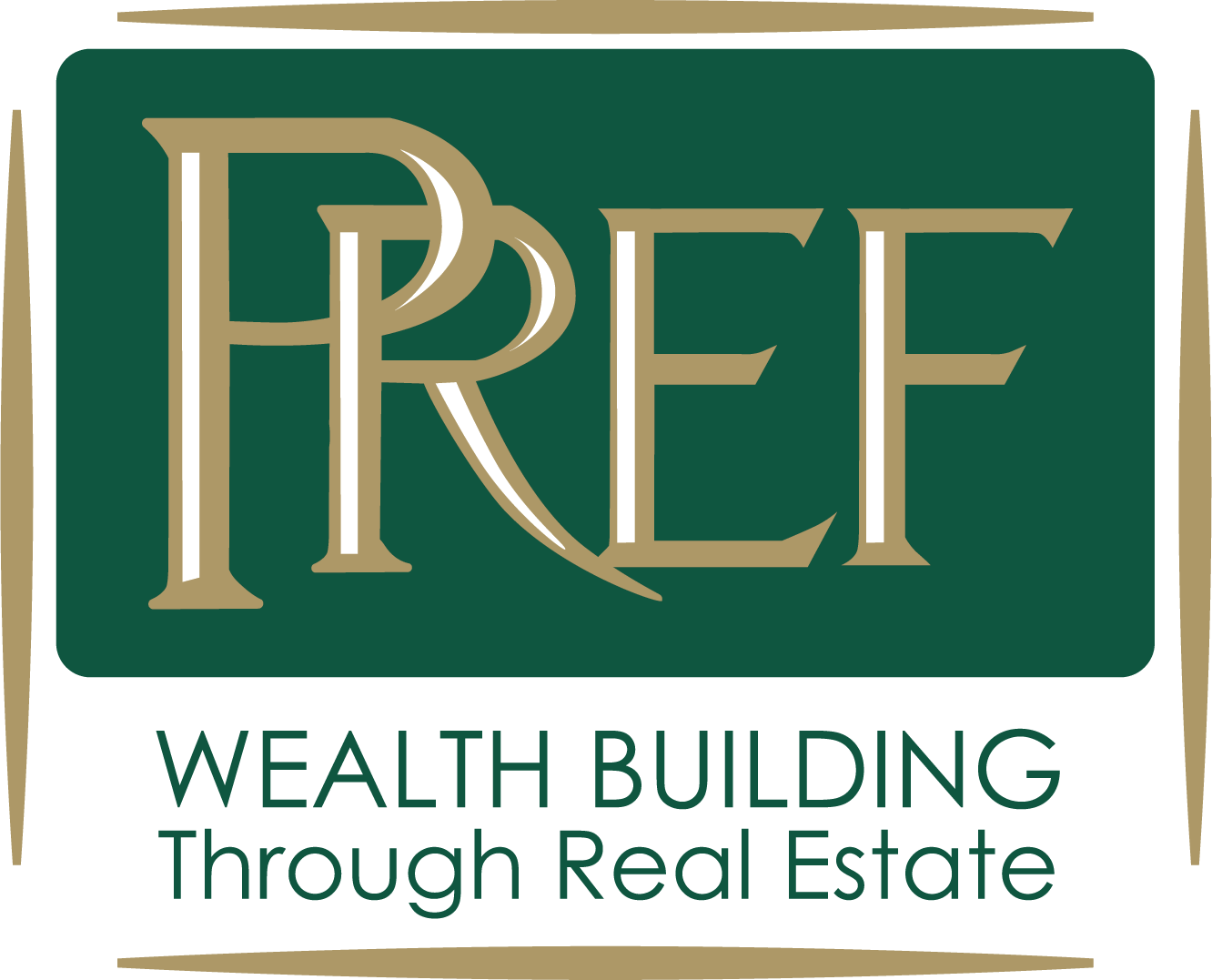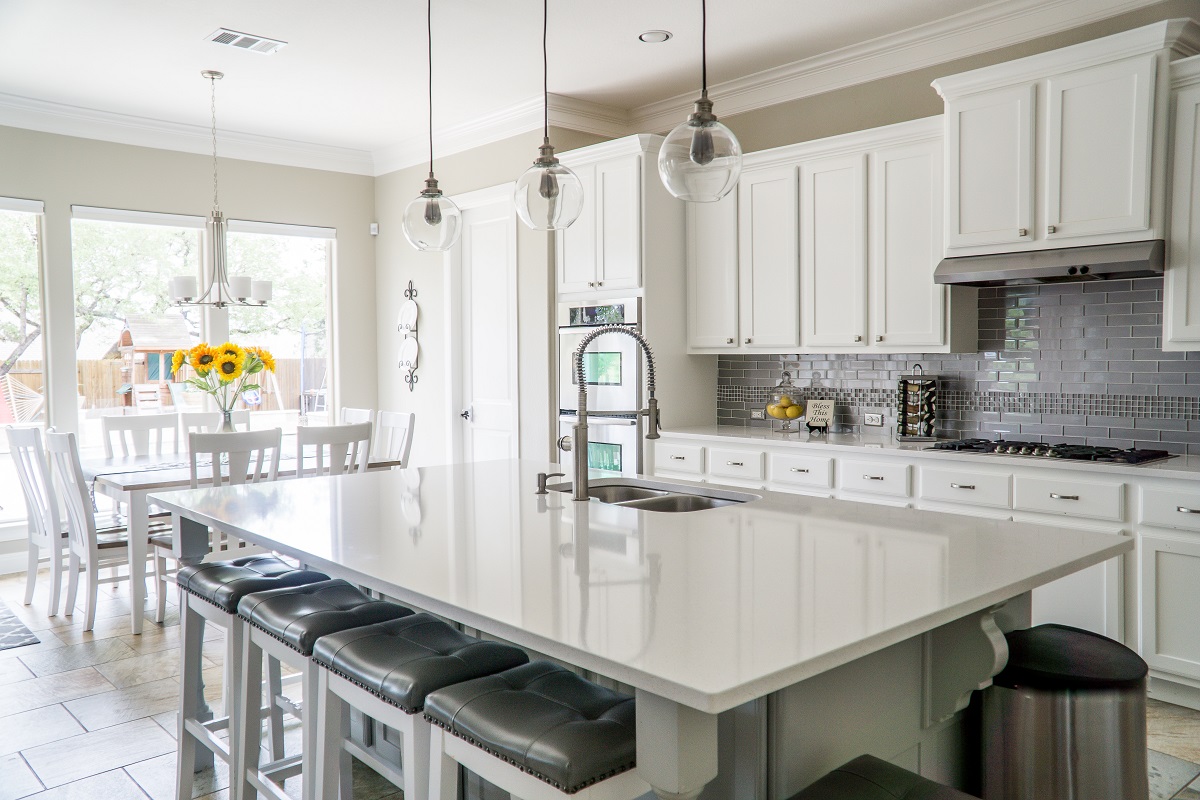Single-Family Rental Market: Hot, Hot, Hot
If you would have asked me seven to eight years ago whether the Single-Family Rental (SFR) market would be hot in 2021, I would have replied with a confident no. But as Baby’s Father says in “Dirty Dancing,” “When I’m wrong, I say I’m wrong.”
While many markets and industries across the globe took major nosedives during the pandemic, this market did not. In fact, the pandemic seemed to “super-charge” the growth of the SFR market. And that growth does not appear to be slowing down anytime soon.
Single-Family Rental Market Origins
In the 2009 Recession, big funds bought foreclosed homes from lenders to rent, figuring they would buy cheap, lease in the short-term, and sell at a substantial profit. What actually happened is they determined there is a lucrative market for single-family rentals—all they had to do was figure out how to manage them effectively. Hence, the birth of the SFR market.
This trend was accelerated by a few converging events:
- COVID-19, which induced people to seek more space in the suburbs
- Pent-up demand of millennials with growing families, who had delayed purchasing their first homes
- Rising cost to purchase a new home and the lack of a required down payment
Historically, this business has rested in the hands of entrepreneurs, folks who owned three to four rental properties, often self-managed. Now, investment funds are not only buying single-family homes to rent in large numbers, but they also are developing entire single-family home communities for rent with multi-year leases more typical of commercial properties.
Why Are Single-Family Rentals Popular?
Think about it. A family wants to live in a good school district, in a neighborhood with amenities like a pool, community center or dog spa, but doesn’t have a down payment. Here’s their perfect solution.
Honestly, the atmosphere is ripe for this market to grow. The percentage of owners to renters in the US is steadily declining, in some part due to “rising house prices and increased demand for homes,” according to a recent GlobeSt. article. The SFR market seems to be a good alternative.
SFR Market Growth is Happening
The statistics tell the SFR story: the National Association of Home Builders (NAHB) reports that “56% of the gains in rental housing stock from 2005 to 2015 were due to single-family homes.” And 2020 saw 50,000 new single-family homes built.
SFR Examples
- National builder Lennar Corp. showed its commitment to the SFR market with its launch of the $4 billion Upward America Venture.
- Multifamily Executive features AHV Communities’ Vickory Grove, an intentional 82-home, single-family rental community in San Antonio. Homes are 1,542 to 1,988 square feet, with rents from $1,900 to $2,400.
- Atlanta-based Range Water Real Estate has launched an innovative build-to-rent single-family platform known as Storia℠.
Potential Stumbling Blocks
Government Restrictions
At some point, local municipalities might say time-out. Many already limit apartment growth. The SFR community complies with zoning because ordinances don’t address how the property is occupied. Therefore, the SFR market is semi-protected because while some jurisdictions won’t allow apartments, there are no restrictions on single-family rentals.
What will the NIMBY (not in my backyard) crowd demand when they realize this is happening?
Impact on Home Value
If you have a community that has a combination of owners and renters, how does that impact the long-term value of the home? Will owners want to continue living in a transient neighborhood? Will value drop with more renters? Already many condominiums and neighborhood associations limit the number of units that can be rented or prohibit this. It seems to me there will be some pushback.
Impact on Apartment Market
I’ve also considered how the SFR market will impact the apartment market. The present trend has been to focus on 1- and 2-bedroom units, but maybe the SFR trend will force a reconfiguration of apartment unit mixes. With growing families and the desire for more space, the market might just start to prefer larger units with more than 1 bedroom.
Should I Invest in Single-Family Rentals?
Lenders and investors appear very bullish in the SFR market due to the demand and resiliency its shown, especially during the pandemic. The Family Office Real Estate Newsletter, distributed by DJ Van Keuren, claims SFR is a “market that can produce double-digit returns” for Family Offices.
Honestly, I think it is still early in the cycle of this product type. As is usually the case, those who jumped in early are probably doing well. As the field gets crowded and prices rise, making money becomes tougher. And at some point, the “for sale” housing market will cool, and the supply will increase.
When that happens, will the shift from ownership to rental slow or reverse? We shall see.
Stan’s SFR Takeaway
While I am uncertain how this new concept will playout, the housing paradigm has shifted, and the SFR market is here to stay. Like all other investment options, there will be good opportunities and not so good ones. Investors need to stick with the fundamentals: good, well-capitalized sponsors, good product, good location, and growing markets.



